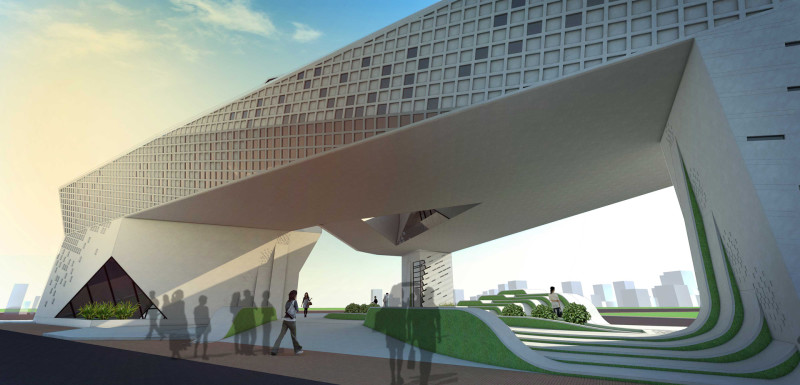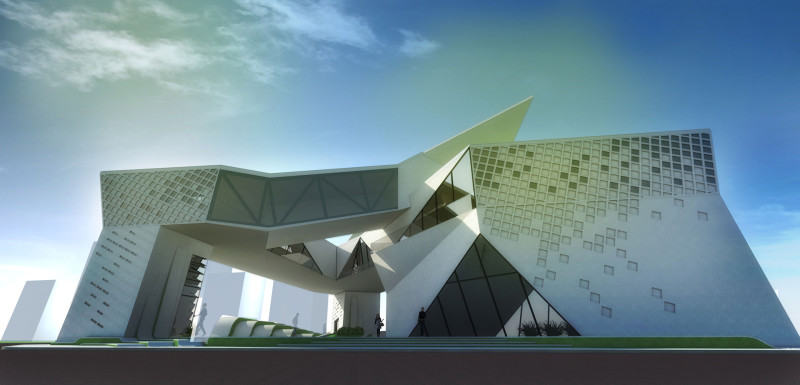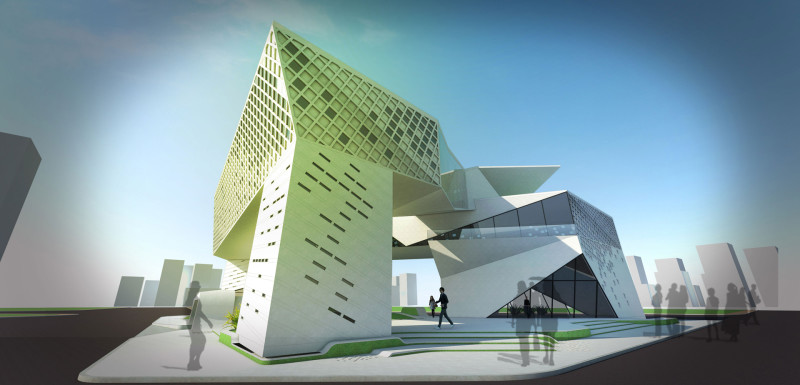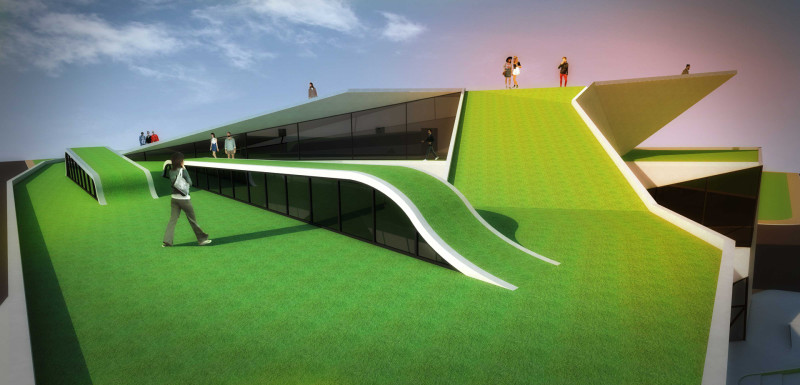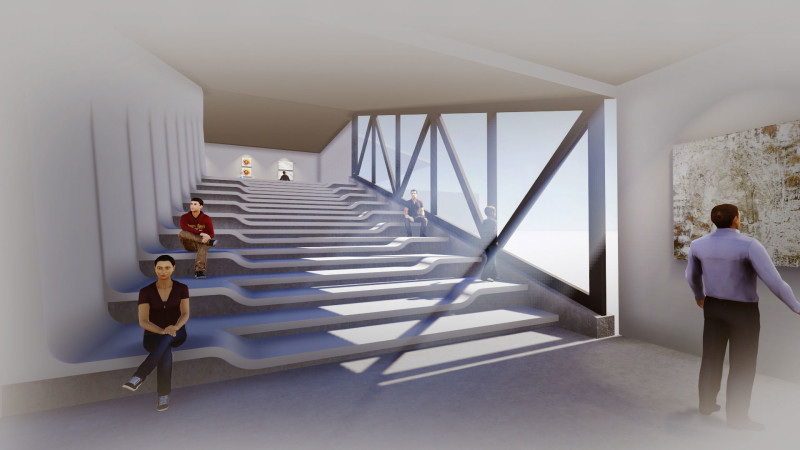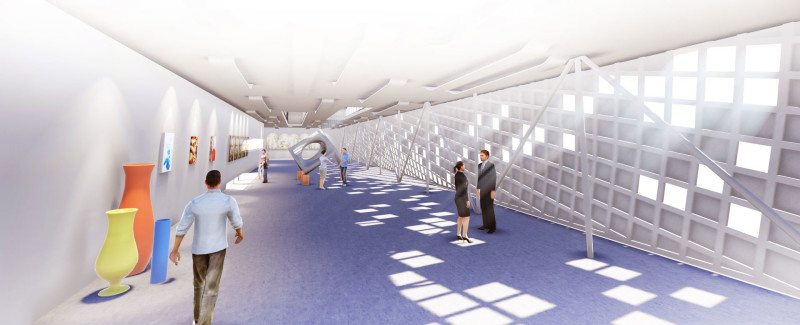Manila Arts Center | Metrobank Art and Design Excellence (MADE) 2014 Architecture Competition Grand Prize Winner
Location: Bonifacio Global City, Metro Manila, Philippines
Year: 2014
(excerpt from the work description in the MADE brochure)
Recognizing that existing museum design in the country are highly formal and enclosed with little or no public interface, the design proposal strives to reconceptualize the museum as an “urban park”, a design concept with empowers the public to interact, appreciate and consume art. The facility is designed as a symbolic portal of urban civility in the Veritown development with an architecture that maintains the ground space open to public. Destined as a cultural hub, the plan creates multiple nodes of interaction encourage people to meet, create a sense of community, and partake in the performance of culture. Due to the limitation imposed by the triangular lot, the entire structure is lifted to free up the ground floor as an open public space. The spaces that are created interpenetrate and flow seamlessly allowing for greater flexibility of use and become conducive for civic life to flourish. The open plan therefore is versatile and can be configured depending on the requirement for exhibition, performance or trade events. Overall, the architecture rises on a triangular plot as modern sculptural form, whose folded and faceted surface is precisely cut in rational triangulated geometric patterns. Spatial transitions are so smooth and fluid that the boundary of the exterior is blurred. The museum represents a fully embodied experience of objects and media within a three-dimensional space, revealing itself in potentially free-flowing sequential arrangements. The museum’s architecture takes inspiration from the earth’s geologic formations: How landforms naturally form the ground and how it defines a fluid terrain. Natural landscape formation architectonically inspires the geometry of the building without resorting to physical mimicry. The fluidity of the landscape became the leitmotif that dissolves the separation of floor, wall and ceiling as distinct planar boundaries. Another significant element in this pursuit was transparency not only through the use of glass and openings but consciously creating tantalizing glimpses of vistas and visual penetration of spaces through the introduction of “voyeuristic” spaces to encourage interaction and chance encounters among the different users of the building. The geometric manipulation yields landscaped pathways that lead to the green roof and viewing platform. The building skin is formed by a series of lattices spontaneously repeated throughout the structure. The randomly placed and obliquely angled lattice surfaces imbue the structure with the deconstructed image of capiz window panes, the ubiquitous architectural element of Philippine built archetypes. The openings are made at strategic areas that necessitate natural lighting within the museum. Since this lattice devise is independent from the main structural frame, the amount of light can be modulated and adjusted depending on the exhibition and programmatic requirements within. At the core of aesthetic vision, the museum becomes a theater to a dramatic ritual, a narrative of the world we inhabit, an emotive site where space and place form a nexus with human perception, communal imagination and collective memory.
Date
July 19, 2015
Category
Competition


